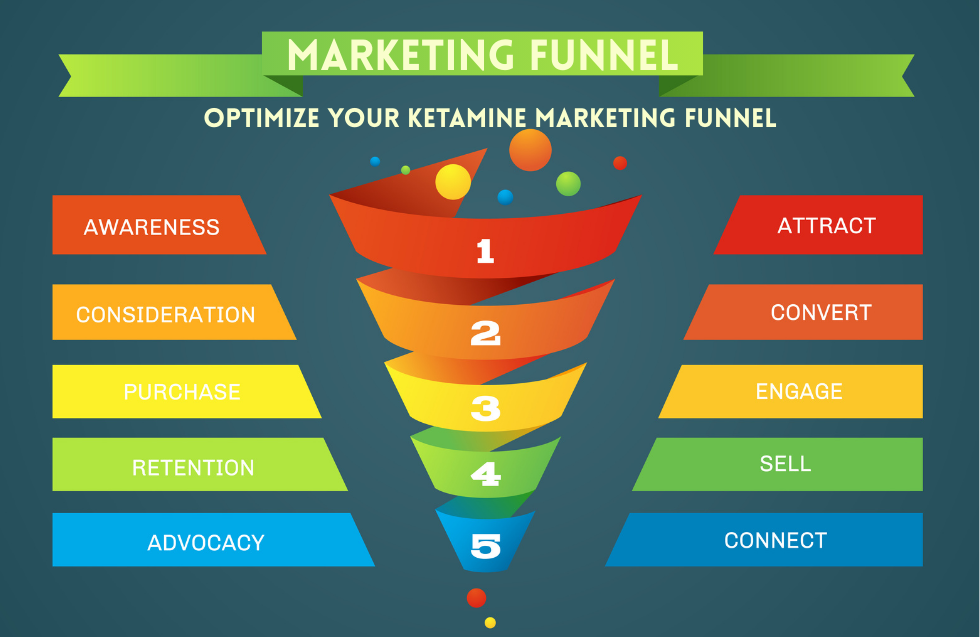Growth is an exciting milestone for any enterprise. Whether it’s expanding into new markets, hiring more staff, or investing in product development, growing a business represents progress. But beneath the momentum lies a challenge that trips up even the most promising ventures: managing cash flow effectively.
It’s easy to focus on profits, but cash is what keeps the lights on. A business can be profitable on paper and still run into trouble if it doesn’t have the cash to pay its bills. For growing enterprises juggling inventory, payroll, marketing, and capital investments, the risk of poor cash flow management increases exponentially.
Let’s explore how to move from chaos to clarity with simple, actionable strategies that can bring immediate and long-term improvements to your enterprise’s financial stability.
Why Cash Flow Matters More as You Grow
In the early days of a business, cash flow tends to be more straightforward. Fewer customers, fewer suppliers, and smaller operational costs mean a simple in-and-out model. However, once growth begins, such as entering new markets or increasing order volume, the cash flow equation becomes more complex.
Suddenly, you’re dealing with:
· Longer billing cycles
· Larger purchase orders
· Increased overhead
· Deferred payments
· Higher risk of late or non-payments
Growth magnifies gaps and inefficiencies in financial planning. That’s why building cash flow resilience should be as important as any other growth initiative.
Strategy 1: Know Your Cash Flow Cycles Inside Out
Understanding when money enters and exits your business is essential. Many enterprises experience fluctuations based on seasonal demand, industry cycles, or sales patterns. Mapping these out can help you anticipate shortfalls or surpluses before they happen.
Create a cash flow calendar that tracks:
· Client payment timelines
· Supplier invoice due dates
· Recurring operational costs
· Loan or lease payment schedules
This visibility helps you make informed decisions about timing investments, purchasing stock, or hiring new staff.
Strategy 2: Tighten Up Invoicing and Collections
One of the most common issues in growing businesses is delayed payments from customers. A simple tweak in your invoicing process can make a massive difference.
Here’s how to speed things up:
· Invoice quickly: Send invoices as soon as a job or service is complete.
· Use automation: Set up recurring invoices and payment reminders.
· Be clear on terms: Specify payment due dates, late fees, and accepted payment methods on every invoice.
· Incentivize early payment: Offer small discounts for payments made ahead of time.
Also, make collections a priority. Following up professionally but persistently can improve cash inflow significantly.
Strategy 3: Forecast—Then Forecast Again
Growth businesses often live in the future, launching new products, hiring ahead of need, or investing in marketing campaigns. Cash flow forecasting helps bring future aspirations into a practical framework.
Use forecasting tools to:
· Predict cash shortfalls before they occur
· Test the financial impact of growth scenarios
· Assess the affordability of major purchases or hires
A rolling 13-week forecast is especially helpful for short-term planning. It gives a real-time look at upcoming obligations and anticipated income, helping you adjust quickly to new developments.
Strategy 4: Manage Inventory with Precision
Inventory is often one of the biggest drains on cash for growing product-based businesses. Overstocking ties up valuable capital, while understocking can delay order fulfillment and impact customer satisfaction.
Better inventory management includes:
· Implementing demand forecasting tools
· Using just-in-time (JIT) purchasing where possible
· Categorizing products into high-turnover and low-turnover items
· Regularly auditing inventory levels
This ensures your cash isn’t sitting idle in a warehouse and allows you to reinvest in areas that drive growth.
Strategy 5: Build Strong Vendor Relationships
As your business grows, so does your network of suppliers and partners. These relationships can be leveraged to improve cash flow.
Some practical negotiation points include:
· Extending payment terms (e.g., from 30 to 60 days)
· Securing early payment discounts
· Bundling services for lower pricing
· Establishing consignment agreements where you only pay for inventory once it sells
Vendors who understand your growth plans may be more flexible if you communicate openly and consistently meet your obligations.
Strategy 6: Monitor Your Burn Rate
Your burn rate, the pace at which you’re spending cash, should always be in line with your runway. As you scale, it’s easy to spend faster than anticipated. Expenses like upgraded software, office space, or additional staff can spiral quickly.
To control this, regularly review:
· Operational overhead
· Marketing and advertising expenses
· SaaS subscriptions and technology costs
· Travel and entertainment budgets
Where possible, tie spending to specific performance metrics or ROI benchmarks. This ensures your cash outflow supports tangible results.
Strategy 7: Understand What Is Cash Flow, and Track It Differently Than Profit
A key mistake growing enterprises make is confusing profit with cash flow. A profitable quarter doesn’t mean you have liquid funds to cover all your obligations. To get a better handle on this distinction, it’s essential to understand what is cash flow. In essence, it’s the movement of money in and out of your business. Profit is a calculation; cash flow is your actual bank balance. The more clearly you can separate and monitor both, the more informed your strategic decisions will be.
Strategy 8: Use Financing Strategically Not as a Crutch
Access to financing is often a necessity during periods of rapid growth. However, relying too heavily on credit or loans can erode your margins or create long-term repayment stress.
Use financing strategically for:
· Equipment that increases output
· Marketing initiatives with proven ROI
· Expanding into new, well-researched markets
Avoid using it to plug consistent operational shortfalls. If that’s the case, the underlying issue is poor cash flow management, not a lack of funding.
Strategy 9: Invest in Cash Flow Management Tools or Services
Growing businesses often lack the internal bandwidth to manage cash flow in detail. Hiring a full-time CFO may not be feasible, but outsourcing this function or investing in digital solutions can offer immediate value.
Options include:
· Cloud-based cash flow dashboards
· Accounting software integrations with real-time tracking
· Fractional CFO services for expert insights
· Cash management apps with forecasting, alerts, and optimization tools
By automating routine tasks and getting expert guidance, you free up time to focus on what you do best, growing your business.
Final Thoughts: Growth Shouldn’t Mean Guesswork
Growth brings opportunity, but also complexity. Cash flow is the foundation that supports every expansion, hire, and investment. Without it, your business risks stagnation or worse.
The good news? Cash flow doesn’t have to be chaotic. With the right tools, habits, and strategies, you can navigate this phase of your business confidently.
Clarity starts with intention, an intention to treat cash management as seriously as customer service or product development. Once you shift that mindset, every financial decision becomes a lever for sustainable growth.













